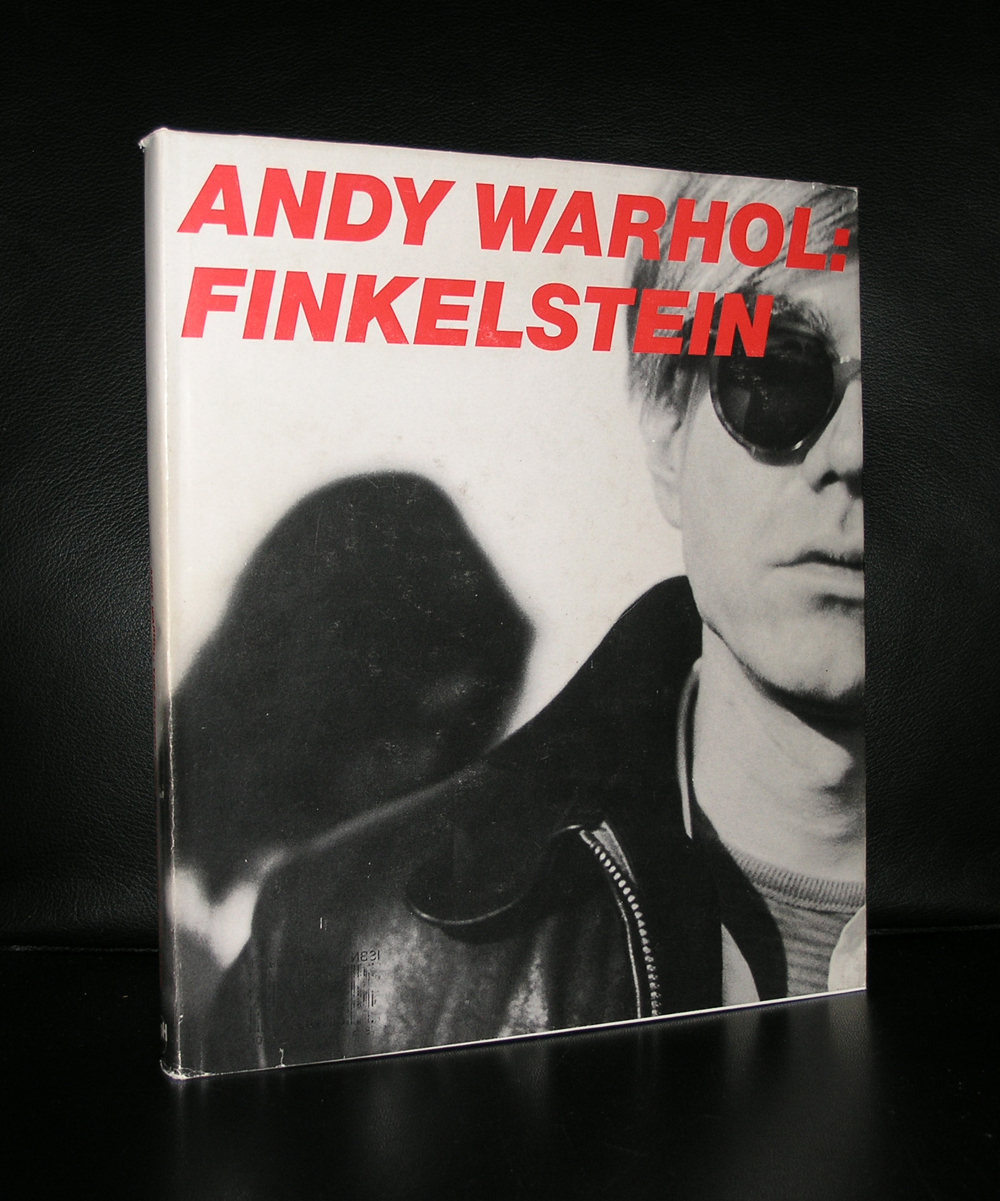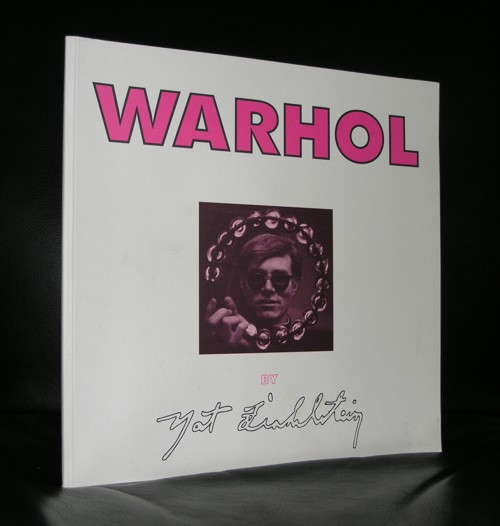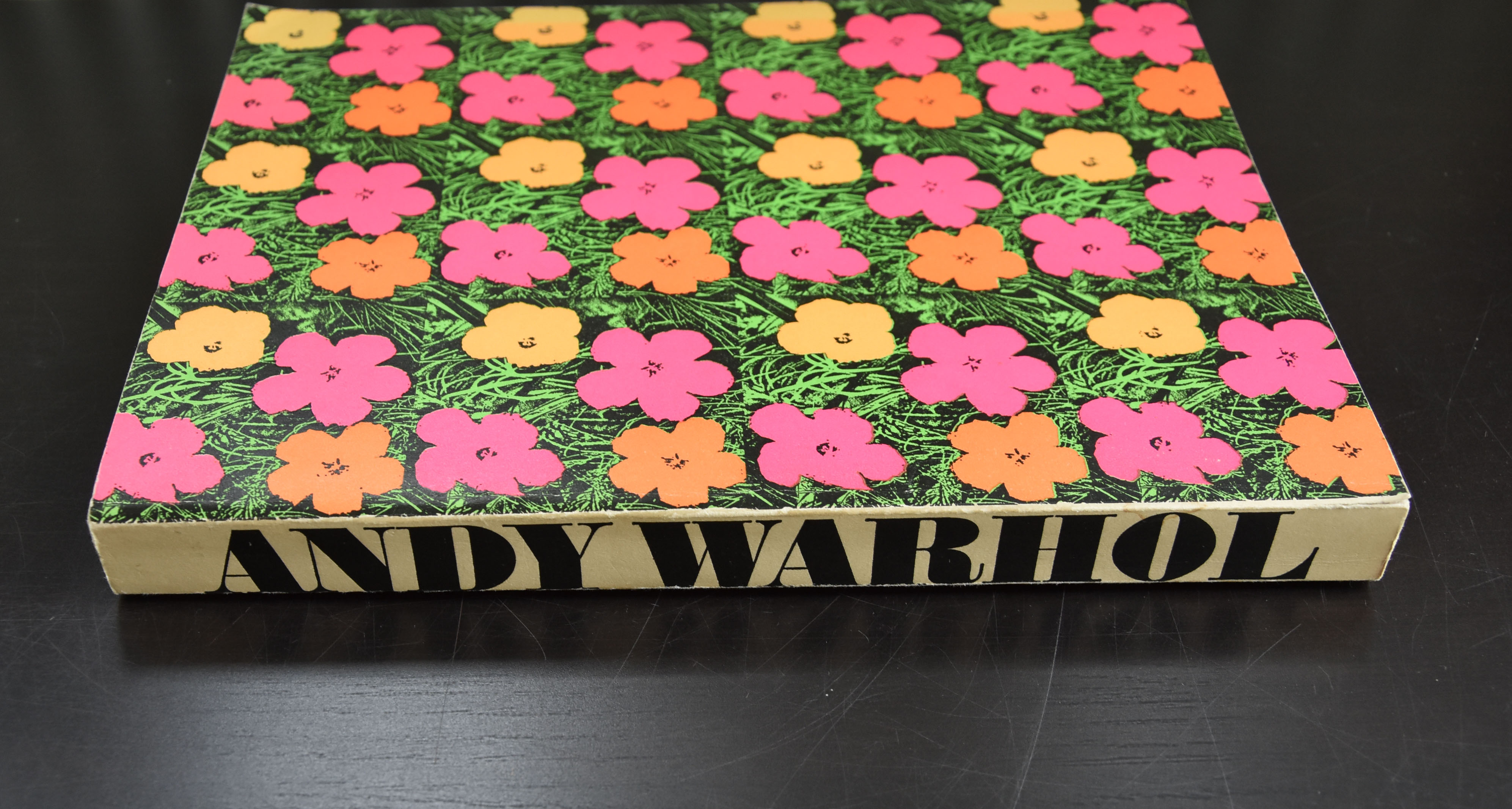
The passing of Johan Meijerink in September 2011 left behind a body of work that is both beautiful and insular. The book “Johan Meijerink,” edited by Willie Stehouwer with design by Rick Vermeulen, presents the artist’s development in almost chronological order. The 159-page book contains numerous photos and three written contributions. The foreword, written by Olphaert den Otter, a fellow artist who worked in the same studio building as Johan, provides insight into the man. Art historian Jan van Adrichem explains the acquisition of three works for the Boijmans Van Beuningen Museum during his time as city curator. Art critic Frits de Coninck closely analyzes the entire body of work and draws connections to potential influences.
Johan was a man of few words, a trait also evident in his work where balance was achieved through omission rather than addition. The majority of his sculptures, made of lead or bronze, hover between abstract and figurative. One might describe the works as contemplative, while the often humorous titles establish a connection to the world we live in.
Many of the photos in the book were taken by Johan himself. Pictures of artworks are interwoven with photos from his travels. They seem to serve as references to sources of inspiration, such as photos from Indonesia – the country where Johan was born and lived for ten years – or from Rome, where he spent a year.
Clearly, the book shows that Johan Meijerink sought the ideal of beauty in his autonomous works with their own identity. The sculptures speak for themselves; their silence can only be enhanced by the image.
www.ftn-books.com has several important publications on Meijerink now available.





























































